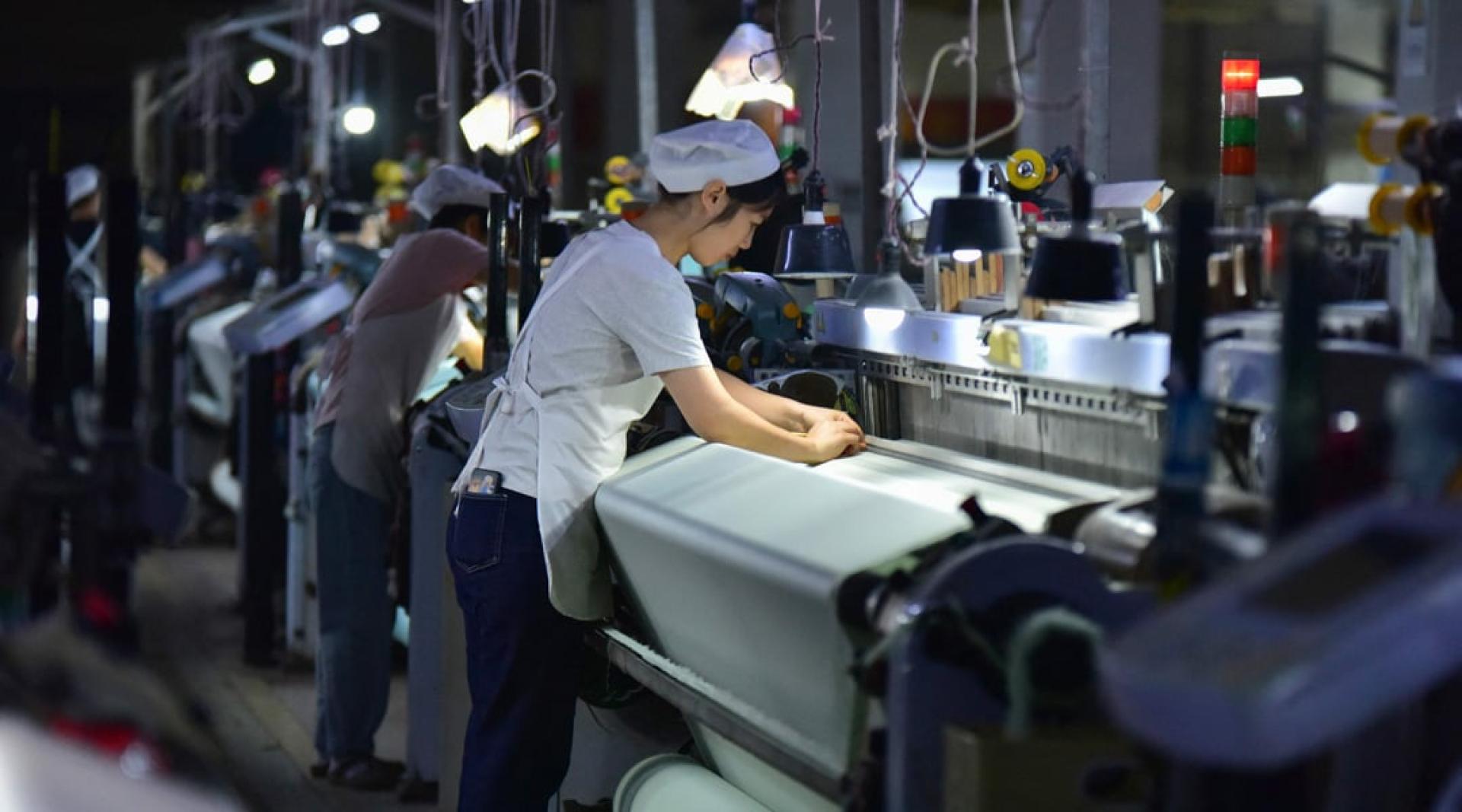On the 20th, a spokesperson for China’s National Bureau of Statistics stated that China’s GDP grew by 5.2% in the first three quarters, accelerating by 0.2 and 0.4 percentage points compared with last year’s annual and the same period, respectively. However, third-quarter GDP growth was 4.8%. Regarding the annual economic development target, the spokesperson said, “There is a foundation and support to achieve the expected annual target, but arduous efforts are still required.”
The National Bureau of Statistics of China released the latest economic data that day, revealing that third-quarter GDP growth was 4.8%, the slowest rate so far this year.
The Bureau responded to reporters’ questions about the national economic performance in the first three quarters of 2025 in the name of its spokesperson.
The spokesperson stated that China’s GDP grew by 5.2% in the first three quarters, fully proving that despite the complex and evolving external environment and considerable pressure on economic development, the trend of “stability,” “progress,” and the “resilience” of China’s economy has not changed.
This year, during the National People’s Congress & Chinese People’s Political Consultative Conference, China set its 2025 economic growth target at around 5%. This year’s third-quarter GDP growth is 4.8%. The spokesperson noted that this is mainly the result of the combined effects of a complex and severe external environment, and considerable pressure from domestic structural adjustments.
Implicit Criticism of US Tariff Abuse Impacting Global Economic and Trade Order
The spokesperson implicitly criticized the US, stating that since the third quarter, some countries have abused tariffs, disrupting global economic and trade order; unilateralism and protectionism are rampant, adding instability and uncertainty to international economic and trade growth, and making the external environment for development even more complex. Domestically, China is in a critical period of economic structural adjustment, the transition between old and new growth drivers is experiencing some growing pains, some longstanding structural issues require resolution, and the growth momentum of certain industries has slowed, which objectively affects the fall in the growth rate.
